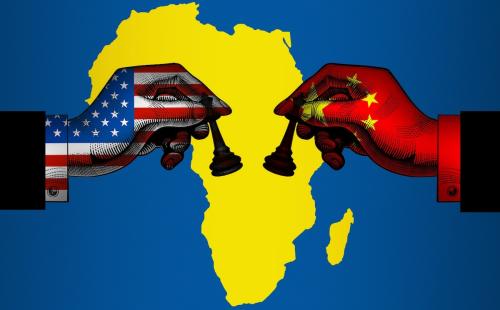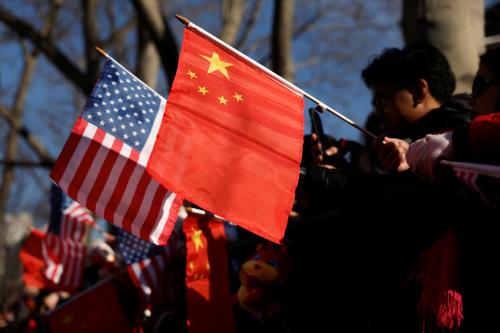INTRODUCTION
One cannot help but be amazed by just how far the U.S.-India relationship has come in less than a decade. It has been a remarkable transformation in relations, started under President Bill Clinton, then accelerated under George W. Bush, and now set to continue its positive, upward trajectory under Barack Obama. In each case the incumbent president has found a willing and able Indian prime minister to partner with in this joint endeavour — from Atal Bihari Vajpayee to Manmohan Singh.
This transformation in relations has seen a turning point, a tipping point, and now, in our view, it has gone beyond the point of no return as Obama takes over as the 44th President of the United States. This transformation has also been an excellent — albeit all too infrequent — example of policy continuity and bipartisanship in U.S. foreign policy.
(Originally published in India & Global Affairs, January-March 2009 (c))
The Brookings Institution is committed to quality, independence, and impact.
We are supported by a diverse array of funders. In line with our values and policies, each Brookings publication represents the sole views of its author(s).



Commentary
U.S.-India Relations: Continuity in Change
February 18, 2009